Smriti Mandhana and Pratika Rawal power India’s record total; bowlers seal DLS victory as the Women in Blue enter the last four with confidence and purpose.
Under the lights at the DY Patil Stadium, Team India scripted another golden chapter in women’s cricket history. A majestic batting display and disciplined bowling attack carried the side to a resounding DLS win over New Zealand, booking India’s place in the ODI World Cup semi-finals.
Match Overview
Navi Mumbai, October 24 — The roar of nearly 30,000 fans echoed through Navi Mumbai as the Indian women’s cricket team sealed a decisive victory over New Zealand in a high-octane clash that confirmed their berth in the semi-finals of the ICC Women’s ODI World Cup 2025. The Women in Blue, led by Harmanpreet Kaur, delivered a performance that balanced aggression with composure — traits that have defined India’s evolution in world cricket over the past few years. Batting first after winning the toss, India posted a colossal 340 for 3 in 49 overs before rain curtailed the New Zealand chase, leading to a DLS victory by 57 runs. The win was India’s fourth in seven group games and ensured qualification to the knockouts ahead of the defending champions England.
Batting Brilliance: Mandhana and Rawal Light Up Navi Mumbai
The foundation of India’s triumph lay in a stunning opening partnership between Smriti Mandhana and Pratika Rawal, who added 212 runs — India’s highest-ever stand for any wicket in a Women’s World Cup. Mandhana, the face of Indian women’s cricket, showcased her trademark fluency with a scintillating 109 off 114 balls, laced with 14 boundaries and two sixes. At the other end, the young sensation Rawal, playing only her fifth World Cup match, produced a career-defining 122 off 126 deliveries, combining elegance with authority.
The pair dominated both pace and spin, punishing anything short or wide. Mandhana’s off-drives through the cover and Rawal’s commanding pulls drew thunderous applause from the stands. By the 30th over, India had already breached 200, leaving the New Zealand bowlers bereft of ideas. When Mandhana finally fell to a mistimed loft, the stadium stood in unison — her innings a statement of class and consistency. Rawal soon followed, but the momentum had long tilted irreversibly in India’s favour.
Middle-Order Firepower: Rodrigues and Kaur Finish in Style
If Mandhana and Rawal lit the fire, Jemimah Rodrigues and Harmanpreet Kaur ensured it roared till the end. Rodrigues, unbeaten on 76 off 47 balls, showcased controlled aggression, peppering the boundary ropes with deft late cuts and inside-out drives. Harmanpreet’s brief cameo (27 off 15 balls) injected the finishing flourish, pushing India’s total to 340 before the rain arrived.
India’s strike rotation, placement, and adaptability were commendable — they scored 122 runs in the last 12 overs, a testament to fitness, planning, and execution. Notably, the team’s running between wickets — often criticized in past tournaments — was nearly flawless, reflecting the attention to detail in this campaign.
Rain Drama and Revised Target
With dark clouds gathering at dusk, play was halted for nearly 50 minutes during the innings break. The downpour eased, and New Zealand was handed a DLS-adjusted target of 307 in 43 overs. The equation was challenging but not insurmountable for a Kiwi side known for its grit. Openers Sophie Devine and Suzie Bates began steadily, surviving a fiery first over from Renuka Singh. However, once Deepti Sharma entered the attack, the complexion of the game changed.
Bowling Discipline: Renuka, Deepti, and Pooja Dominate
Renuka Singh’s disciplined line outside off stump and Deepti Sharma’s flighted off-spin created constant pressure. In the seventh over, Renuka induced a thick edge from Devine that was spectacularly held by Richa Ghosh behind the stumps. Moments later, Pooja Vastrakar’s sharp bouncer accounted for Amelia Kerr, who top-edged a pull to mid-wicket. New Zealand’s middle order briefly counterattacked through Brooke Halliday (46) and Isabella Gaze (39), but the required run rate ballooned beyond 8.5 by the 25th over. Deepti’s twin strikes in the 27th over all but sealed India’s dominance. By the time the rain returned for a second time, the DLS equation left New Zealand 57 runs short.
A Team Evolved: Fitness and Fielding Shine
The improvement in India’s fielding and athleticism was evident throughout. Jemimah Rodrigues pulled off a spectacular boundary save, while Harleen Deol’s diving stop at extra cover drew comparisons with world-class fielding units like Australia’s. Post-match, coach Troy Cooley credited the team’s unwavering commitment to conditioning and match simulation drills.
“Every player has taken responsibility for their role. We are not just chasing totals anymore; we are setting the narrative.” — Troy Cooley, Head Coach
Harmanpreet’s Captaincy Under the Spotlight
Captain Harmanpreet Kaur’s tactical clarity was widely praised. Her rotation of bowlers, especially introducing Deepti early, was a masterstroke that broke partnerships before they blossomed.
“We’ve been learning from every game — from how to handle pressure to reading conditions. The team knows when to attack and when to contain. I’m proud of the intent and the hunger.” — Harmanpreet Kaur, India Captain
Voices from the Dressing Room
“I just wanted to stay positive and enjoy batting with Smriti di. She told me to play my natural game. It’s a dream come true to contribute in such a big match.” — Pratika Rawal, Player of the Match
“Partnerships are the key. We wanted to give the team a solid foundation, and today it clicked. The crowd’s energy pushed us all the way.” — Smriti Mandhana, Opener
Crowd, Atmosphere, and Emotion
The atmosphere at DY Patil Stadium was electric — the sea of tricolours, rhythmic dhol beats, and spontaneous chants of “India! India!” created a carnival of cricketing joy. Fans stayed put even during the rain delay, waving flags and singing patriotic anthems. Social media exploded with celebratory posts and memes calling the duo of Mandhana and Rawal “Smriti-ka-Pratika,” a new symbol of dominance in Indian women’s cricket. Celebrities including Mithali Raj, Sania Mirza, and Virat Kohli lauded the team online. Kohli posted, “Superb team effort! The way our women played today shows the spirit of Indian cricket. Congratulations and good luck for the semis!”
Statistical Highlights
- Highest partnership for India in Women’s World Cup history: Mandhana–Rawal (212 runs).
- Most boundaries in an innings this World Cup: India (38).
- Most sixes by a team in this match: 7.
- Deepti Sharma’s economy rate: 3.7 runs per over — lowest by a spinner in this World Cup so far.
- India’s average strike rate: 92.4 — up from 79.3 in the previous edition.
| Metric | India | New Zealand |
|---|---|---|
| Total (overs) | 340/3 (49) | DLS chase 307 in 43 overs |
| Top Scorer | Pratika Rawal 122 | Brooke Halliday 46 |
| Best Bowler (econ) | Deepti Sharma 3.7 | Amelia Kerr (most dots) |
| Boundary Count | 38 fours, 7 sixes | 22 fours, 3 sixes |
What This Win Means
This victory marks India’s fifth consecutive qualification for a major ICC semi-final since 2017, cementing its reputation as a global powerhouse. It also rekindles hopes of lifting the elusive World Cup trophy — something the team came agonizingly close to in 2017 and 2022. Cricket historians see parallels between this side’s journey and India’s 1983 men’s campaign — a mix of youthful energy, tactical brilliance, and underdog hunger turning into national pride.
Upcoming Fixtures and Possible Opponents
India will play its last group game against Bangladesh in Pune, likely a dead rubber but vital for maintaining rhythm. Depending on other results, India could face either Australia or South Africa in the semi-finals. The team management, however, insists they are not looking too far ahead.
“Every match teaches us something. We’ll carry this confidence but start fresh every time we step out.” — Harmanpreet Kaur
Impact Beyond the Field
Off the field, the victory has amplified conversations about women’s sports infrastructure and investment. Sponsors, broadcasters, and policymakers have taken note of soaring viewership numbers — a record 12.4 million viewers tuned in for the India–New Zealand clash on streaming platforms alone. The BCCI Women’s Committee confirmed that player contracts would be reviewed for parity and that more bilateral series are being scheduled post-World Cup to sustain momentum.
Education institutes across India also celebrated. Girls from cricket academies in Ranchi, Surat, and Kochi shared videos emulating Mandhana’s strokes — proof that the influence of role models continues to inspire the next generation.
Expert Analysis
“This isn’t just about a win; it’s about evolution. India used to rely on individual brilliance. Now, it’s about collective dominance. That’s what world champions are made of.” — Mithali Raj, Former India Captain
“The maturity shown by younger players like Pratika Rawal indicates a pipeline of talent that can sustain Indian women’s cricket for a decade. This semi-final entry feels like the beginning of something much bigger.” — Joy Bhattacharjya, Sports Analyst
Background and Tournament Context
India entered this World Cup with renewed clarity of roles. A settled top order, a flexible middle, and a bowling attack capable of controlling phases under both white-ball and damp conditions have been the cornerstones. The inclusion of youngsters alongside seasoned names has deepened the bench and sharpened intra-squad competition.
- Clear batting roles: anchor, accelerator, finisher.
- Bowling diversity: swing up front, spin choke through the middle, hit-the-deck aggression at the death.
- Fielding standards benchmarked against Australia and England; measurable KPIs in saves, throws, and catches.
Risk Factors and How India Mitigated Them
Historically, India have wobbled during middle overs, especially against high-quality leg-spin and left-arm pace. In Navi Mumbai, the batters countered by using depth of crease, altering trigger movements, and targeting shorter square boundaries with calculated risk. With the ball, Renuka and Pooja varied lengths smartly after the rain added a sheen to the white ball. Deepti’s control ensured New Zealand never settled into six-over blocks of dominance.
Timeline: India’s Road to the Last Four
| Phase | Date/Year | Milestone |
|---|---|---|
| I | Oct 2024 – Mar 2025 | Squad refresh; central contracts aligned with role clarity and fitness benchmarks. |
| II | Jul – Sep 2025 | Pre-World Cup bilaterals; bowling economy under 4.5 across middle overs. |
| III | Oct 2025 | World Cup group stage; qualification sealed with win over New Zealand in Navi Mumbai. |
Local Voices
For Mumbai’s grassroots coaches, this game was a masterclass in game management. Club mentor Ananya Kulkarni said the opening stand showed how to build innings in Indian conditions after a brief drizzle: “They recalibrated immediately, taking singles into the wind and hitting with it for boundaries. That is smart cricket.”
Looking Ahead
As the rain-soaked crowd dispersed into the humid Mumbai night, chants of “Jeetega India” lingered in the air. The Women in Blue have not only reached another semi-final; they have reignited faith in Indian cricket’s global dream — a belief that excellence knows no gender. The journey from underdogs to contenders has been long and arduous, but as the team huddled under the floodlights with the tricolour draped around their shoulders, it was clear: this generation is ready to finish the story their predecessors began.





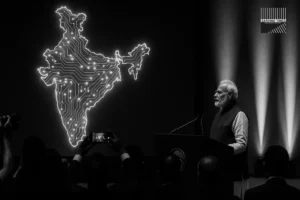
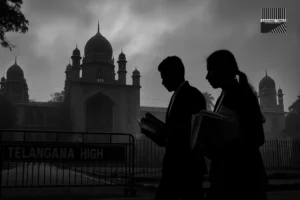



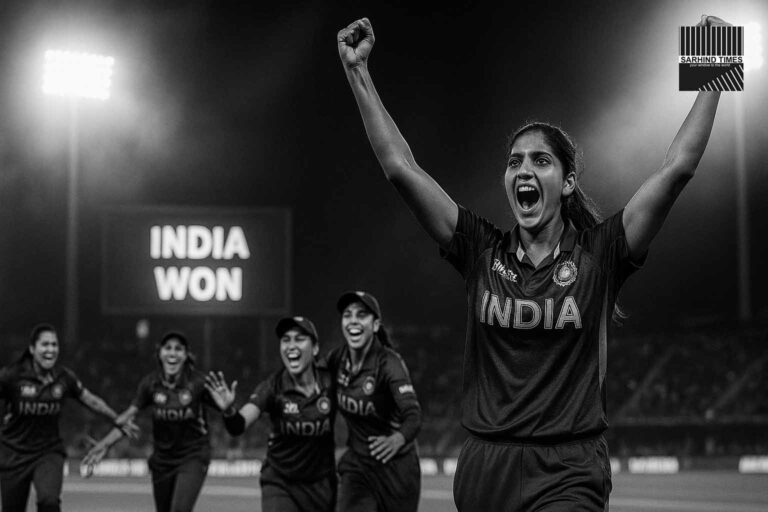
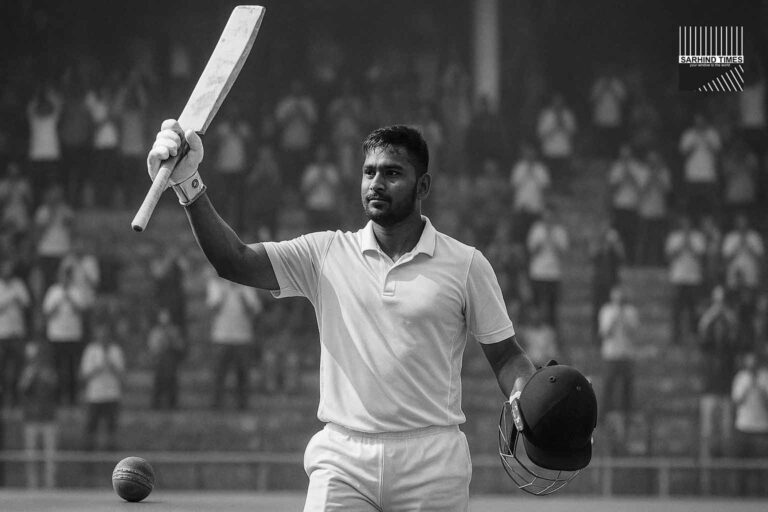
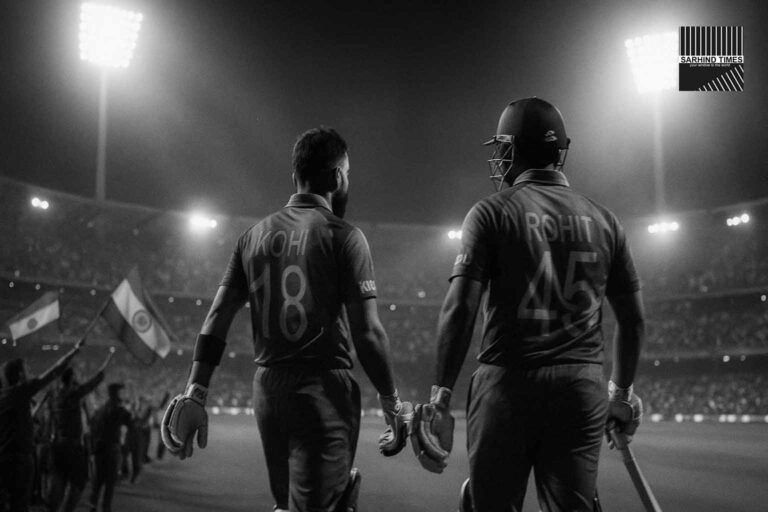





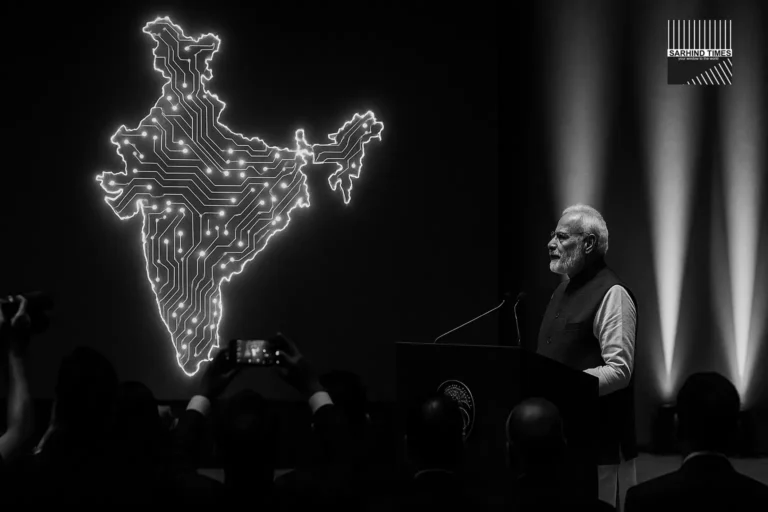
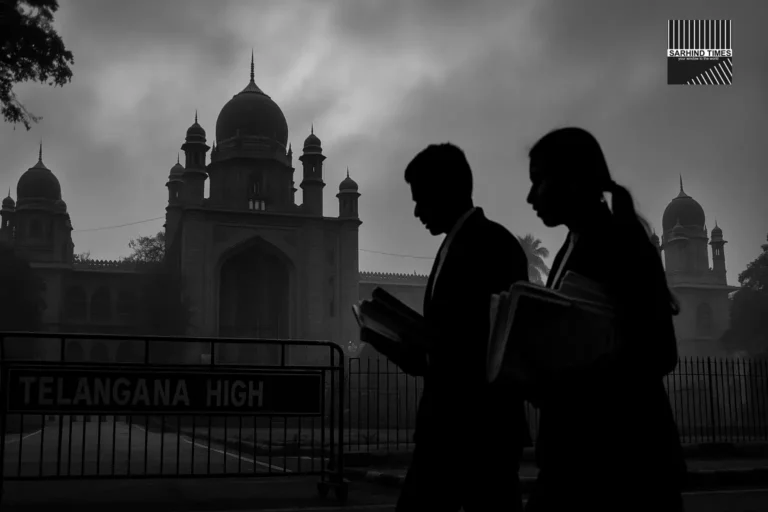
+ There are no comments
Add yours